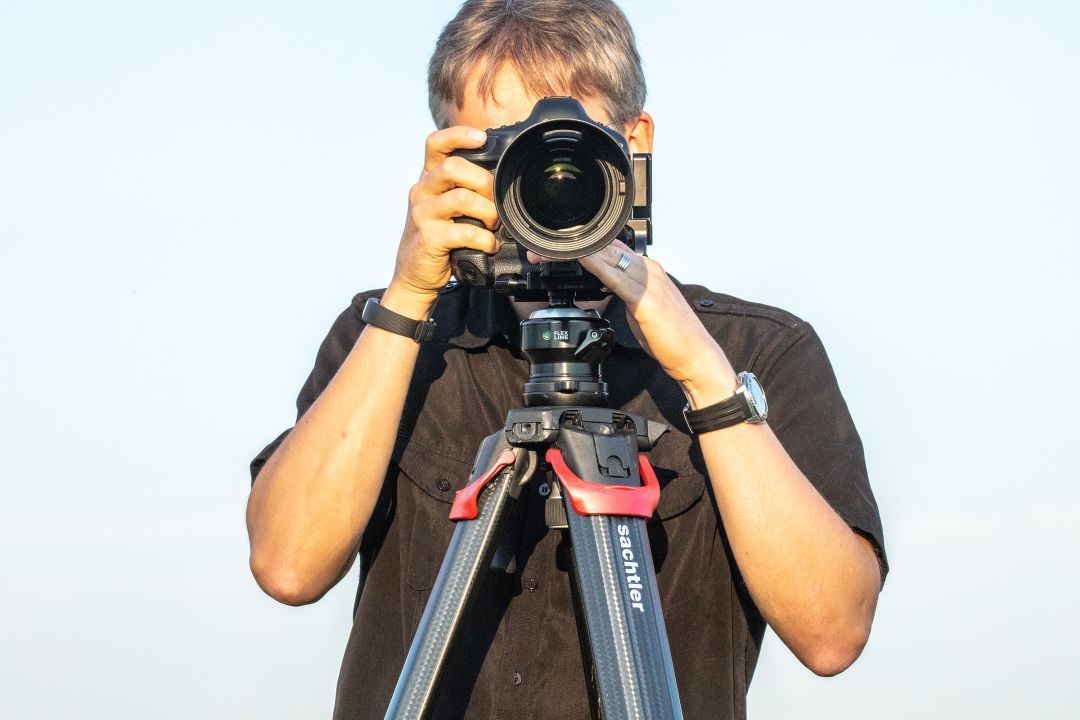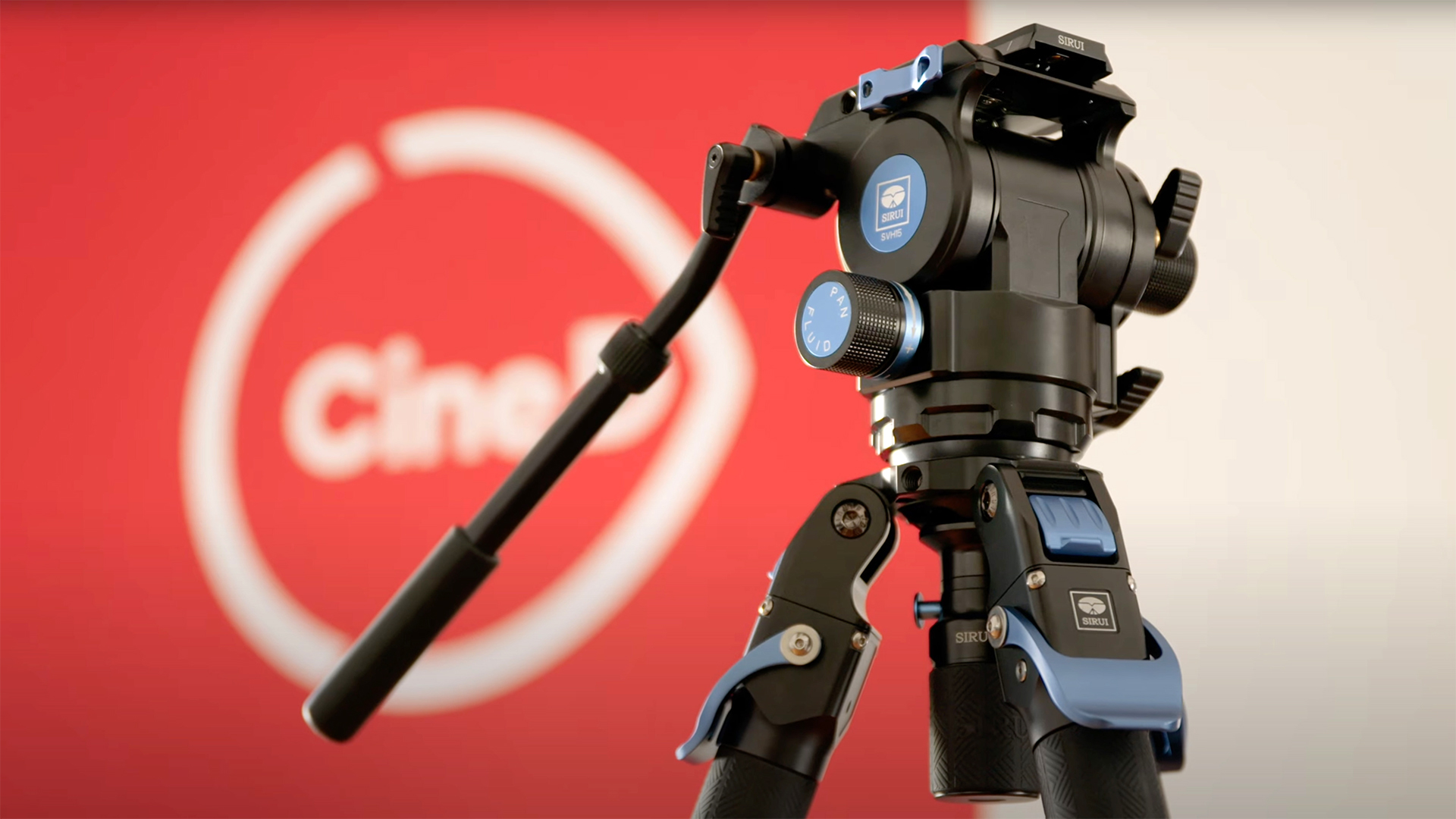I agree with the recommendations of Pro Media Gear and Really Right Stuff. Both are top quality companies that put engineering and delivering a quality product first. I use RRS tripods, gimbals, and ballheads.
I have three Gitzo tripods, but no longer recommend them. I have had a number of issues related to the quality of Gitzo products and difficulty in finding replacement parts. I've had tripod legs that came loose from the casting, the tripod platform falling completely off with my ballhead and camera attached, loose tripod feet, splits in shims, and a fractured leg casting. One of the things I learned was the tripod leg castings are thinner than the carbon fiber tubes and prone to fracture. I suspect Gitzo lost their way with efforts to reduce cost that impacted product quality.
One of the key factors in evaluating tripods is the diameter of the leg sections. The top leg section diameter is usually quite robust, but with each leg section the tube diameter gets smaller and smaller. If you have a 4 section tripod, the smallest leg section can be quite tiny. A Series 3 Gitzo tripod has leg sections that are 32.9mm / 29mm / 25.3mm / 21.7mm. A 2 Series Gitzo eliminates the 33mm top section and adds an 18mm lowest leg section. A Series 1 tripod adds a 14mm leg section - slightly thicker than a pencil. At it's full height, the lowest leg section may flex under load of a long lens and camera. Extended to half way reduces that problem and provides a more rigid tripod, so it is helpful to have a tall tripod.
You have a tough call. Normally stability is achieved through heavier weight, and the most common way to increase weight is to hang a bag or pack from the tripod hub. The problem is with higher winds, the hanging bag can act as a sail and catch the wind. You'll have to balance weight savings on the tripod with adequate mass to hold things steady.
I chose RRS because of the larger leg locks, teardrop shaped feet, a milled rather than cast hub, and due to the ability to easily get replacement parts and service when needed. It is slightly more expensive than a comparable Gitzo, but a much better design and construction.







